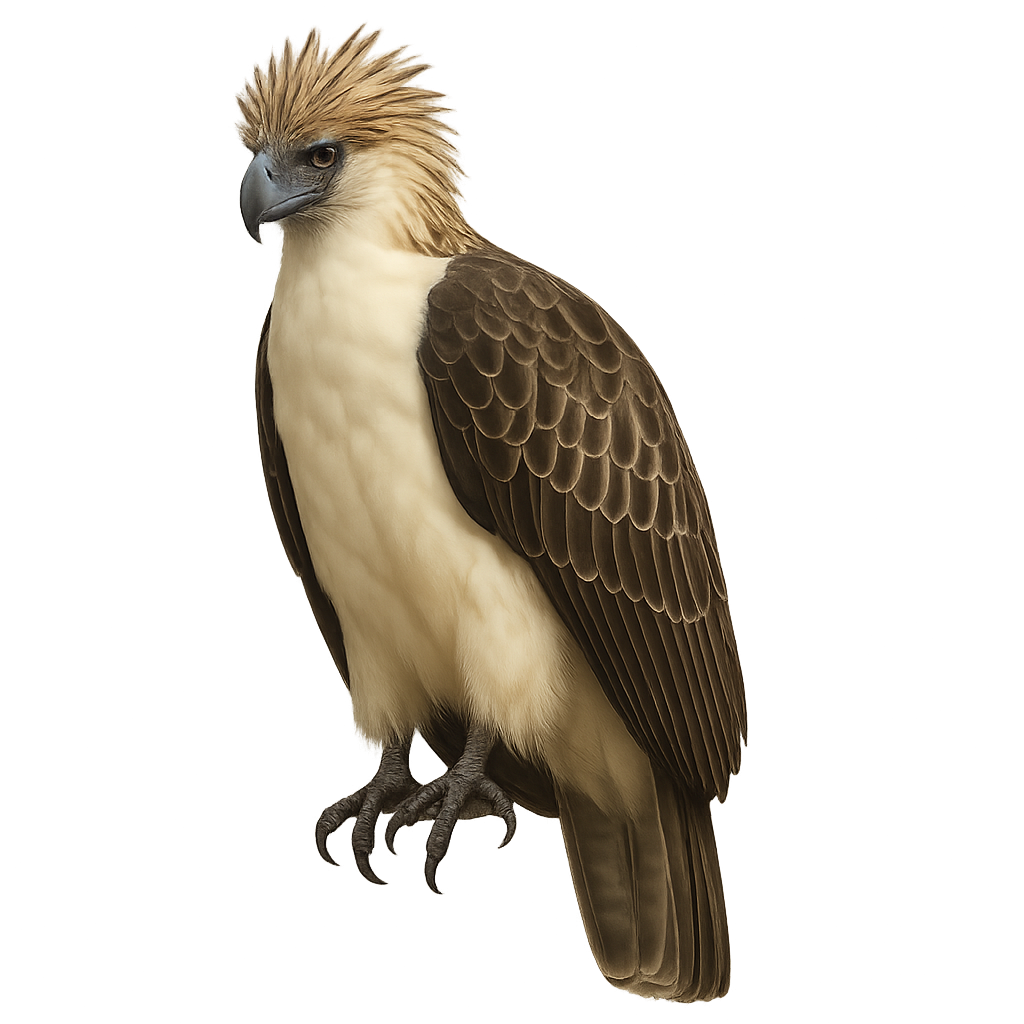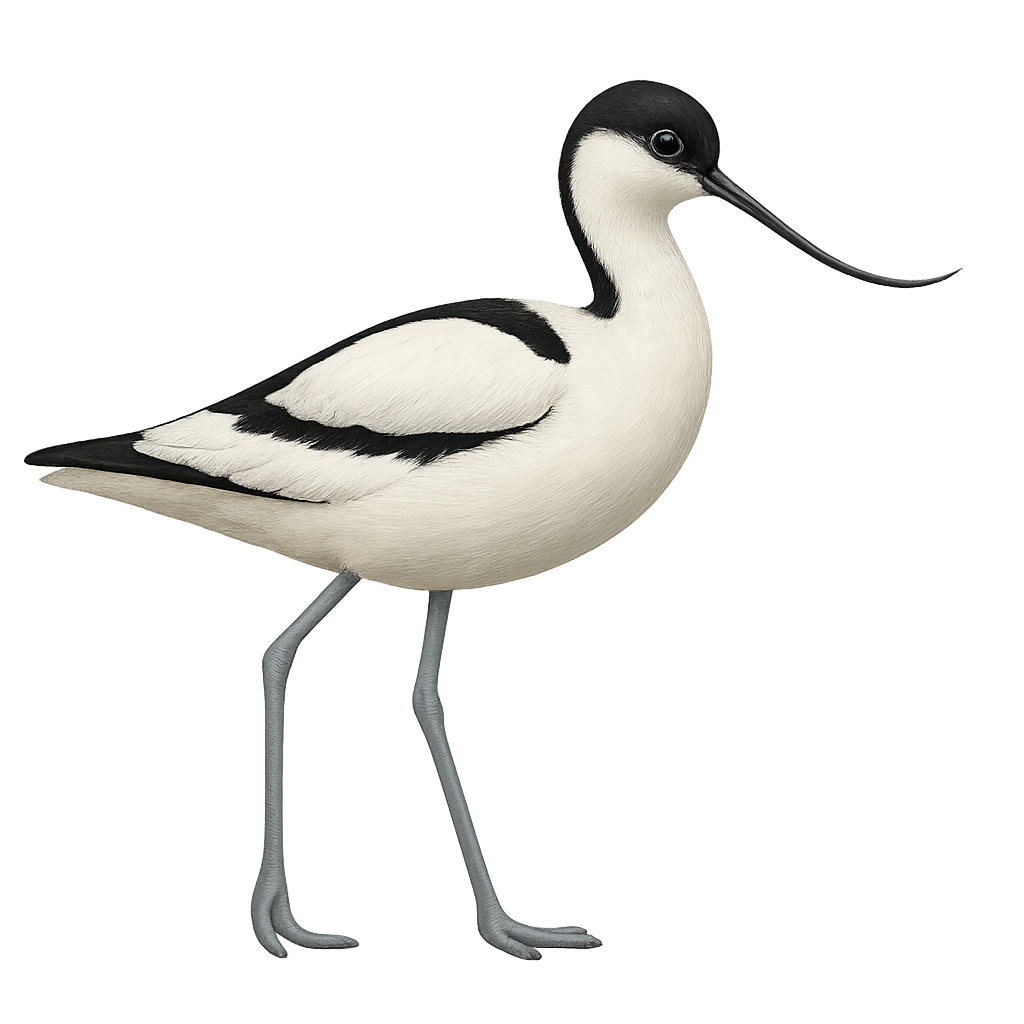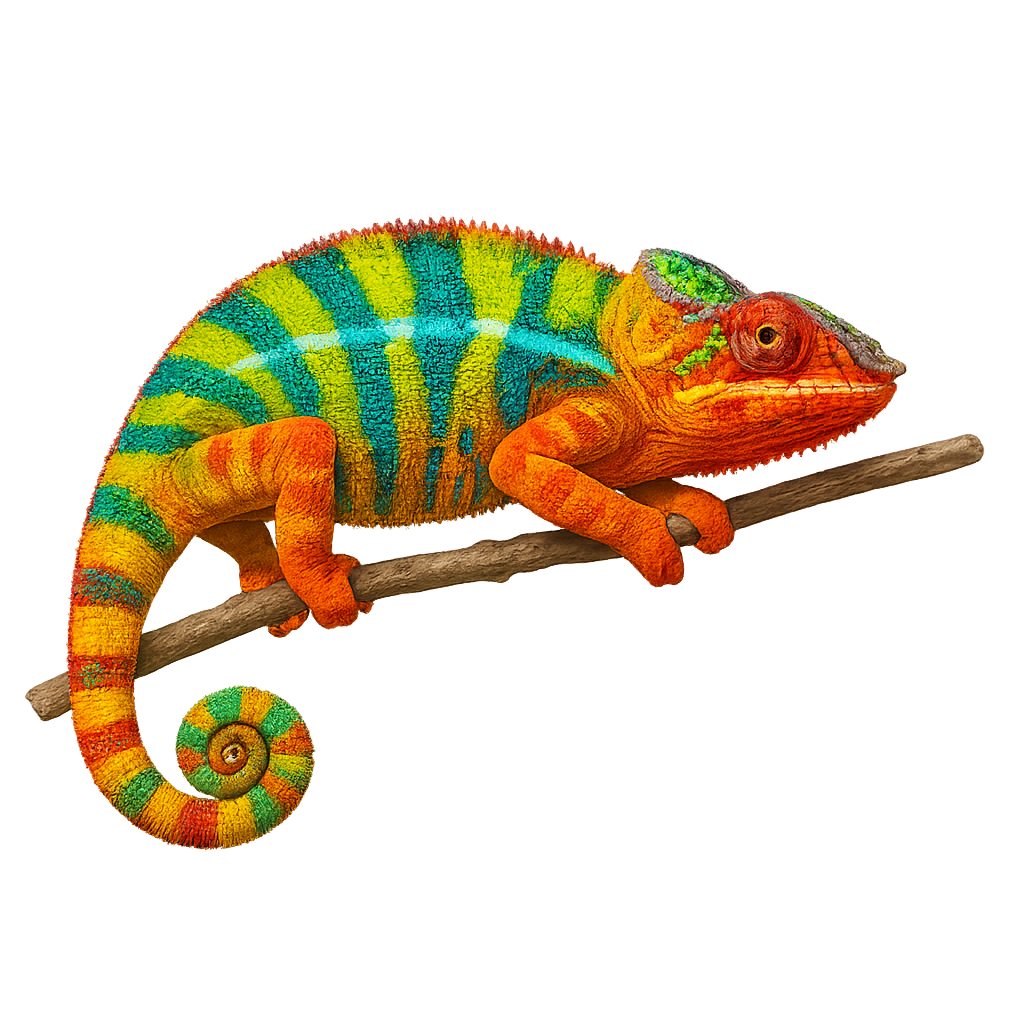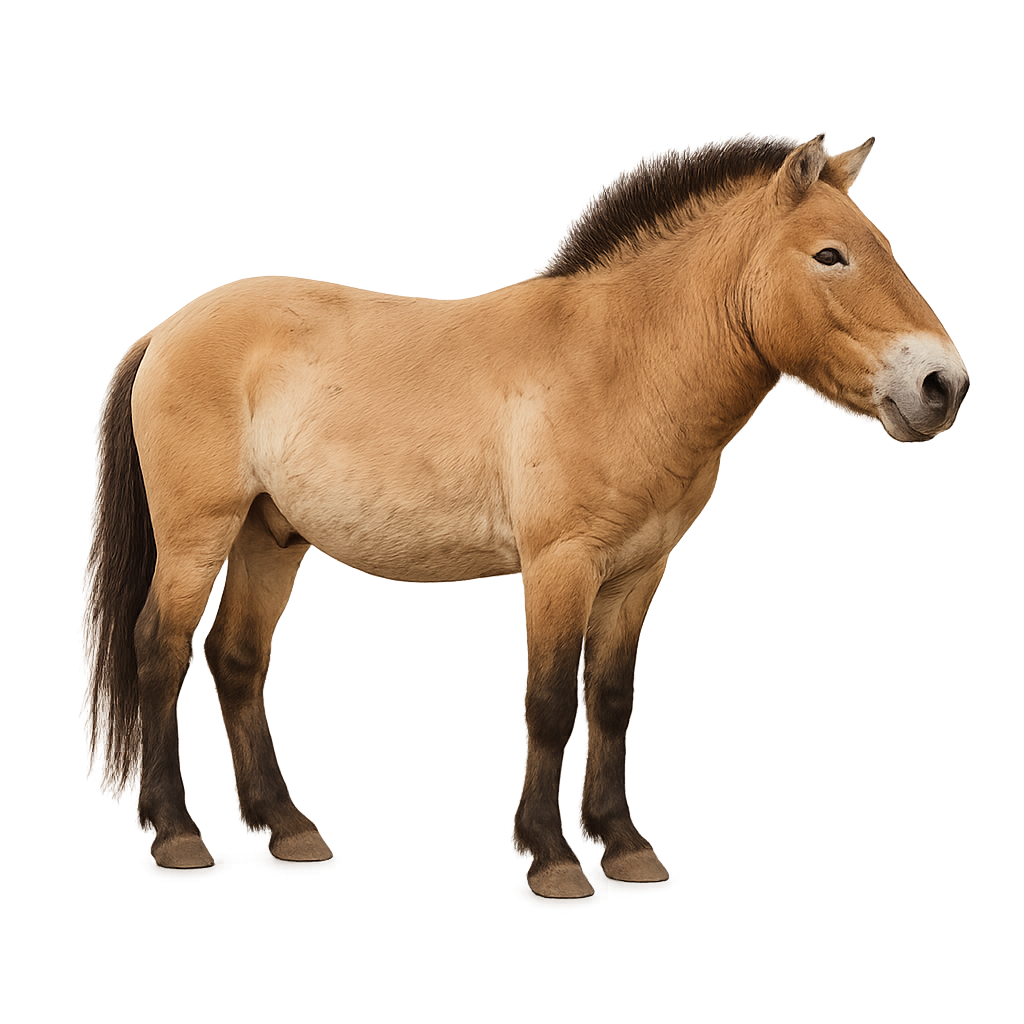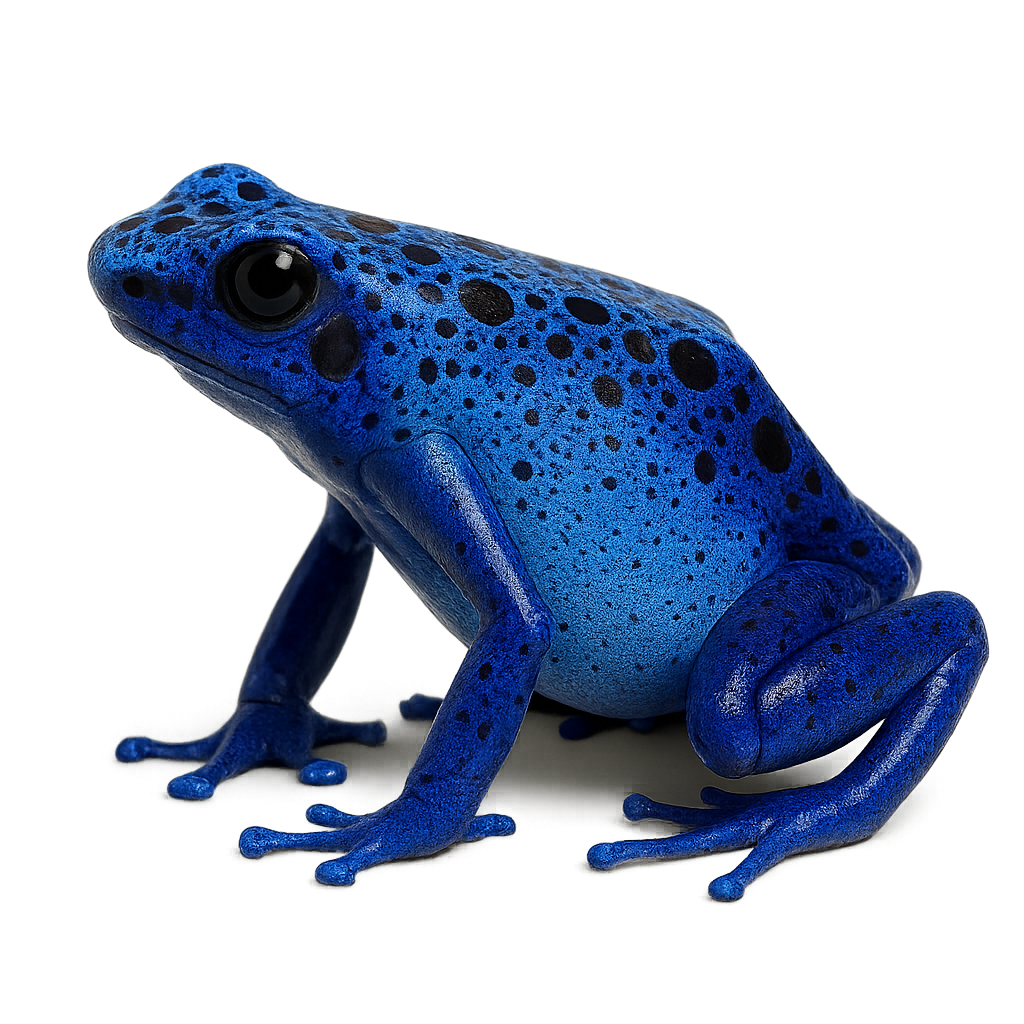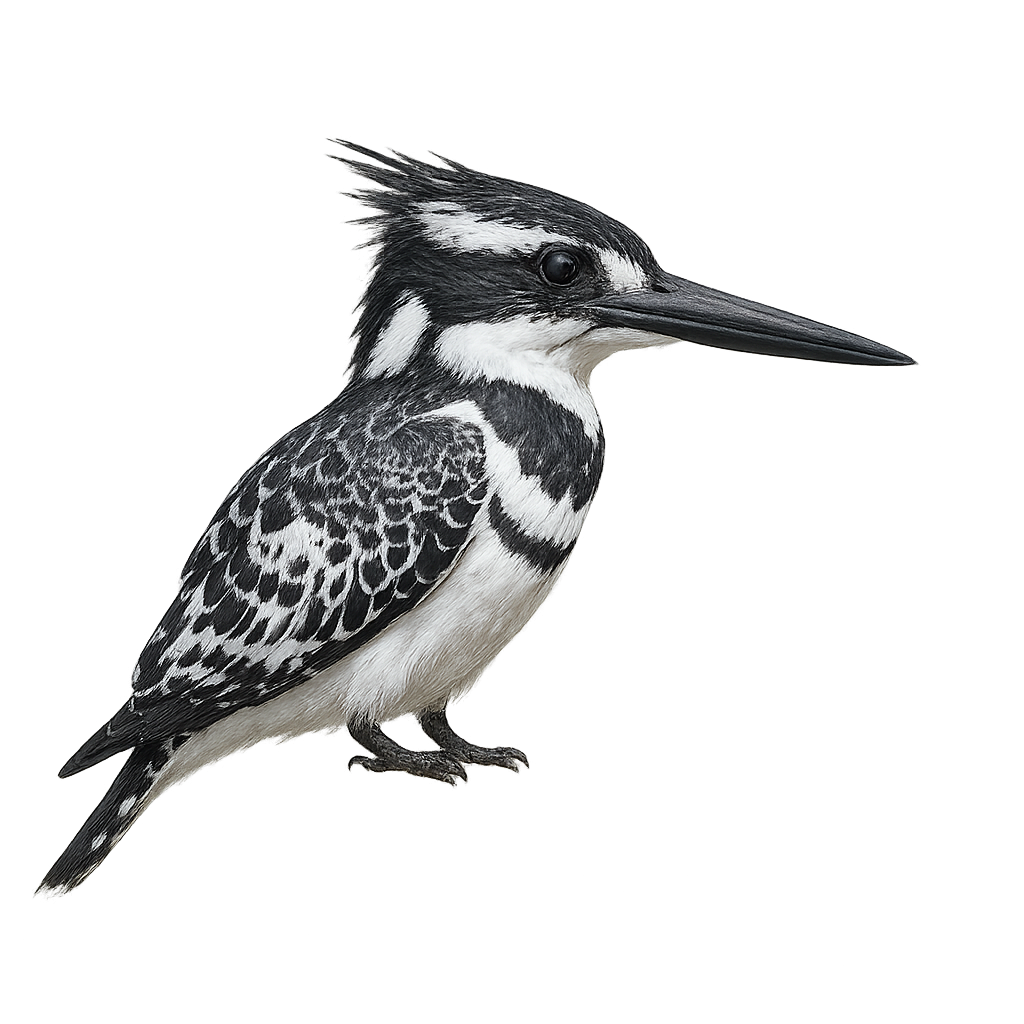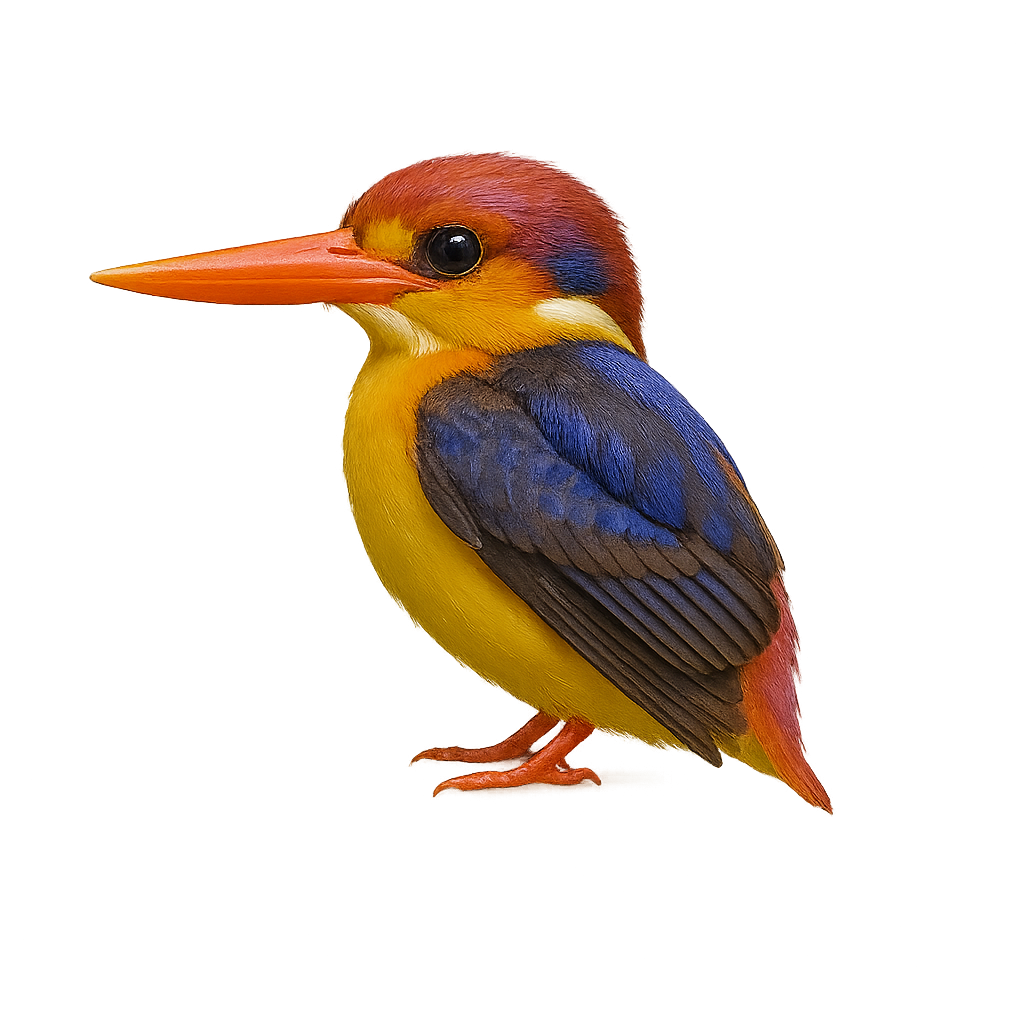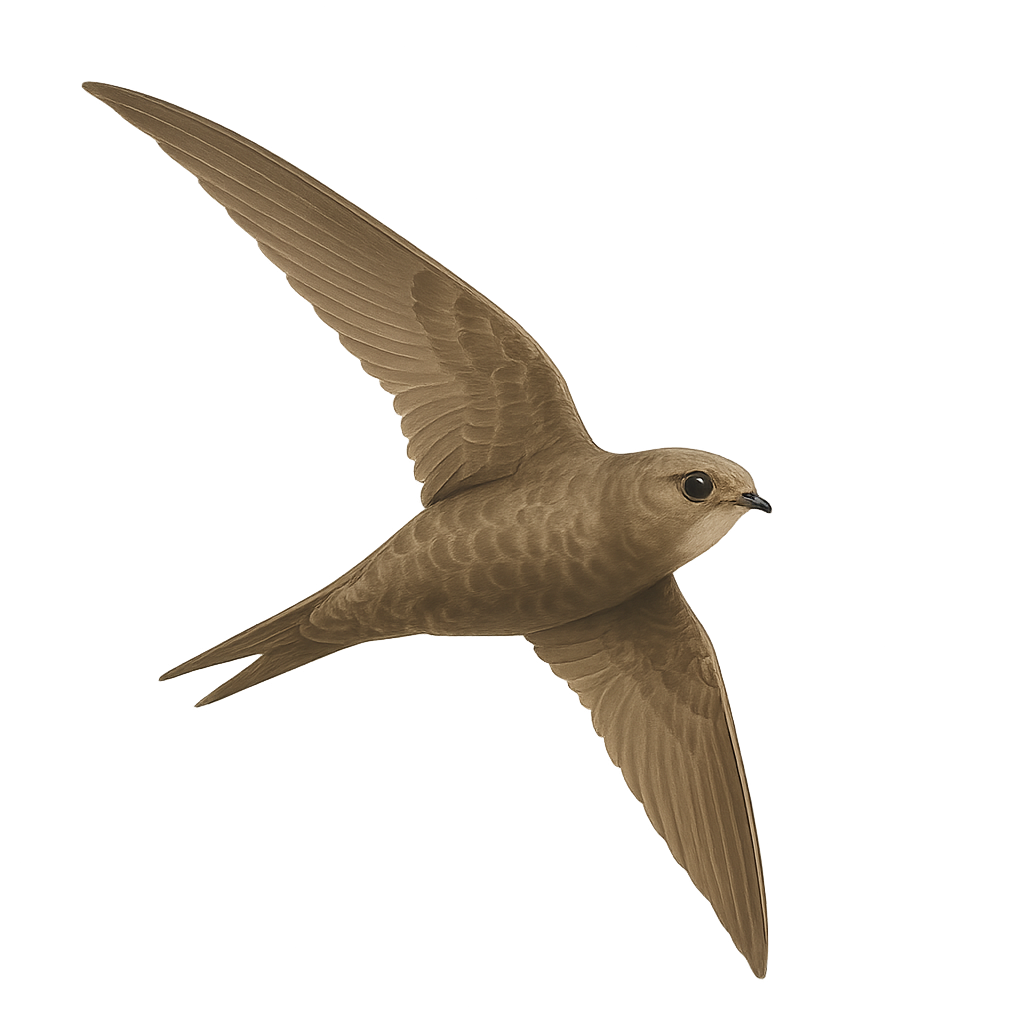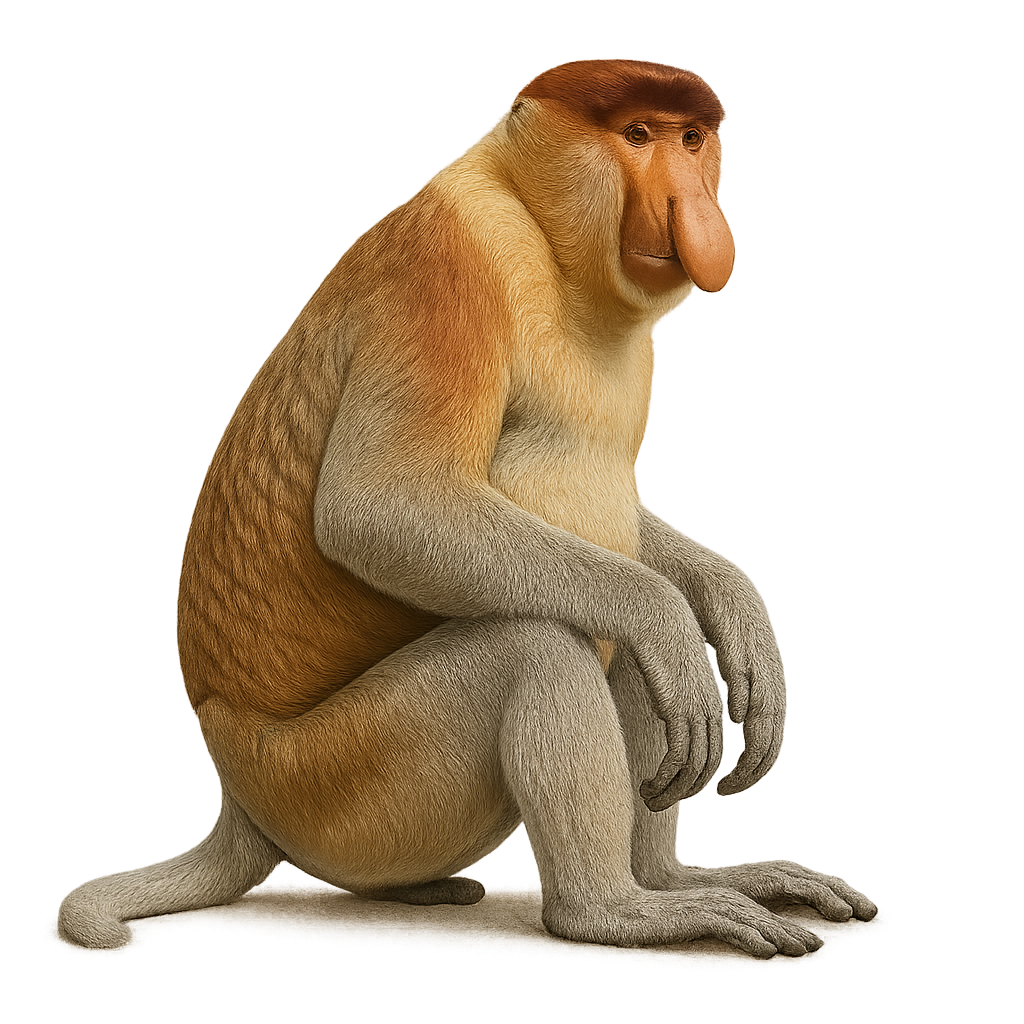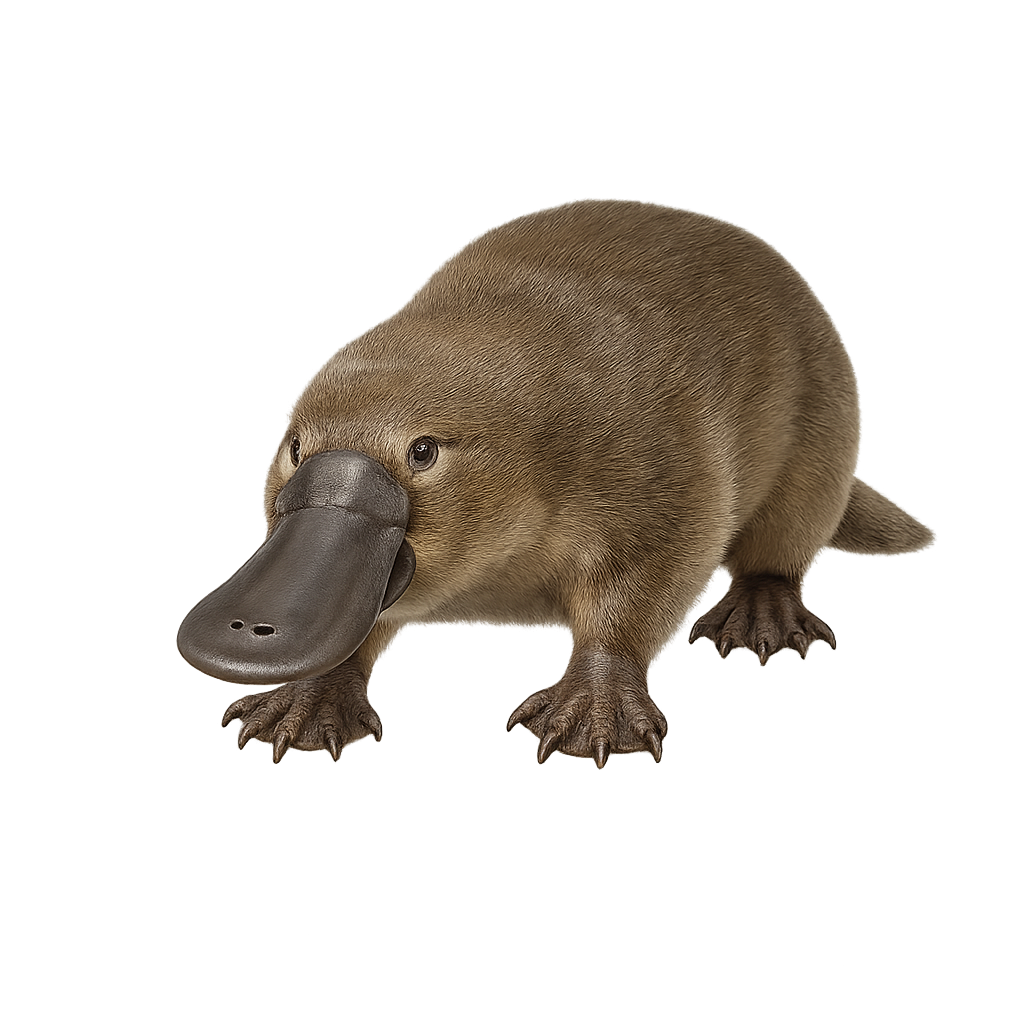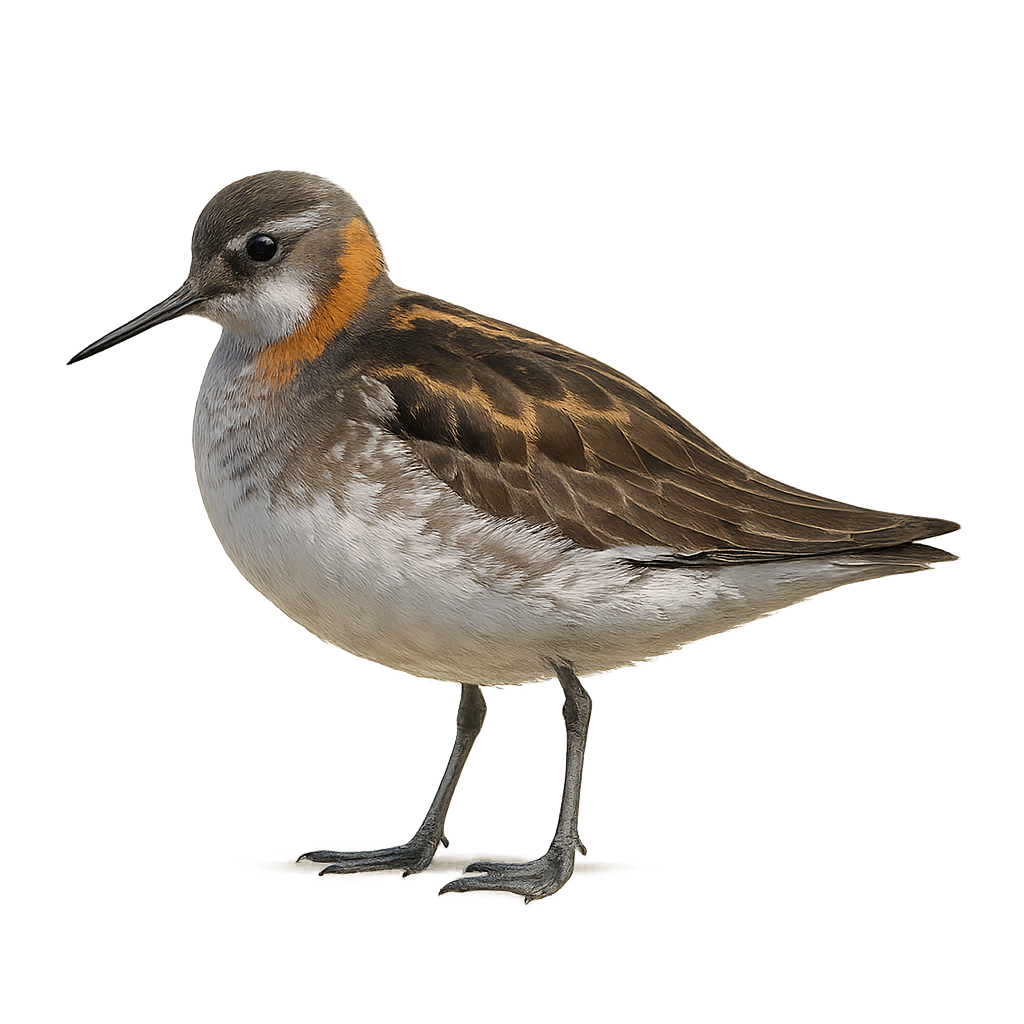Animal Species Profiles:
Mammals, Birds, Reptiles & More
Explore wildlife from around the world with the species profiles on WildlifePhotographer. Mammals, birds, reptiles… For each species, you’ll find key information such as habitat, observation periods, distribution, and photography tips. Want more details and advanced features? Download the full app for the complete experience.
Philippine eagle
Pithecophaga jefferyi
The Philippine eagle is one of the largest eagles in the world and the national emblem of the Philippines. This majestic raptor is recognizable by the plume crest on its head and its piercing gaze. It primarily lives in the tropical forests of the Philippine mountains, where it hunts primates, reptiles, and other small mammals. Due to massive deforestation and hunting, the Philippine eagle is now considered critically endangered. Its population has drastically declined in recent decades, and conservation efforts are underway to protect this unique species.
Pied Avocet
Recurvirostra avosetta
The Pied Avocet is a graceful bird, easily recognizable by its long, upturned bill and striking black-and-white plumage. This bird inhabits wetlands, lagoons, and estuaries in Europe, Asia, and North Africa. The Avocet primarily feeds on small aquatic invertebrates, which it catches by sweeping its bill characteristicly through the water. Its flight is light and elegant, and it often moves in small groups, creating scenes of great beauty.
During the breeding season, the Pied Avocet exhibits courtship behaviors where males display their plumage and perform graceful movements to attract females.
Purple sandpiper
Calidris maritima
The Purple Sandpiper is a small wader distinguished by its plumage, which features shades of gray, brown, and purple, especially visible during the breeding season. This small bird primarily inhabits the Arctic coasts of Europe and North America, feeding on small marine invertebrates, mainly crustaceans and mollusks, which it finds in the mud and sand of beaches. The Purple Sandpiper is a long-distance migrant, covering vast distances between its breeding grounds in the Arctic regions and its wintering areas in more temperate zones.
The social behavior of the Purple Sandpiper is also noteworthy, often seen in large groups during migration. While this species is still relatively abundant, it can be affected by disturbance to its coastal habitats and climate change.
Panther chameleon
Furcifer pardalis
The Panther Chameleon is an iconic species from Madagascar, famous for its vibrant colors and impressive patterns that vary depending on its mood and environment. This chameleon is primarily arboreal, living in the humid tropical forests of the island, where it hides among branches and foliage. It is also known for its ability to change color, an adaptation that helps it camouflage but is also used during fights between males or to attract a female. Although generally calm, it can become more active during the breeding season.
Przewalski's horse
Equus przewalskii
Przewalski's horse is a rare and hardy species of wild horse native to the steppes of Central Asia. It is the last true wild horse species still in existence, descended from ancestors that survived the Ice Age. This horse is characterized by its small size, tawny coat, and erect mane. Although it disappeared from the wild, it has been successfully reintroduced to its native habitats. Threatened by habitat loss and hunting, it is currently considered a vulnerable species.
Poison dart frog
Dendrobatidae
The Dendrobate, belonging to the Dendrobatidae family, is a small frog known for its bright colors and toxic behavior. These frogs typically measure between 2 and 6 centimeters in length and are easily recognizable by their shiny, colorful skin, which can be yellow, blue, red, or green, depending on the species. They are primarily found in the humid tropical forests of Central and South America. Their diet consists of insects, small arthropods, and occasionally small worms. Dendrobates are known for their toxic secretions, which serve as defense against predators. These toxins mainly come from their diet, particularly ants and beetles that contain alkaloids. Dendrobates are also both terrestrial and aquatic creatures, typically laying their eggs in humid places, where their tadpoles develop in small pools of water or decaying leaves. Although fascinating, Dendrobates are vulnerable to habitat loss due to deforestation and pollution.
Peregrine Falcon
Falco peregrinus
The Peregrine Falcon is a medium-sized raptor, known for its impressive speed and exceptional hunting abilities. It measures between 40 and 50 cm in length, with a wingspan of 100 to 120 cm, and weighs between 600 and 1,000 g. Its plumage is typically blue-gray on the back, with a lighter belly and black markings on the head and wings. The Peregrine Falcon is especially famous for its stooping hunting technique, where it can reach speeds exceeding 300 km/h, making it the fastest animal in the world. It primarily feeds on birds, which it catches in flight, but can also hunt small mammals. The Peregrine Falcon lives in a variety of habitats, including cliffs, urban buildings, and coastal areas. It is a widely distributed species, found on every continent except Antarctica. Although it was once threatened by hunting and pesticides, it has now made a recovery thanks to conservation efforts, including the release of young birds and habitat protection programs.
Pseudo-orca
Pseudorca crassidens
The False killer whale is a large cetacean belonging to the dolphin family, known for its resemblance to the orca. However, unlike the orca, the false killer whale generally lives in warmer waters and is more discreet. It primarily feeds on fish, squid, and small marine mammals. Although its social behavior and ability to hunt in groups are remarkable, the false killer whale is threatened by marine pollution and accidental captures in fishing nets.
Purple Heron
Ardea purpurea
The Purple Heron is a large wading bird, easily recognizable by its colorful plumage, ranging from purple to reddish, with shades of brown and blue. It measures about 80 to 100 cm in length, with a wingspan of 1.3 to 1.5 meters, and weighs between 600 and 1,200 g. Its beak is long, thin, and pointed, with a yellowish-green color, while its legs are long and gray. During the breeding season, the Purple Heron sports decorative plumes on its head and neck. It primarily inhabits wetlands, marshes, rivers, and lakes across Europe, Africa, and Asia, where it feeds on fish, crustaceans, small mammals, and occasionally insects. It primarily hunts at night or during twilight, using its great agility to capture prey in the water. Although the species is not immediately endangered, it is vulnerable to habitat loss, water pollution, and human disturbance.
Pygmy Hippopotamus
Choeropsis liberiensis
The Pygmy Hippopotamus is a smaller species of hippopotamus, much smaller than its cousin the Common Hippopotamus, with an adult size measuring about 1.5 to 1.75 meters in length and weighing between 180 and 275 kg. Its coat is gray-olive or dark brown, with smooth and thick skin. Unlike the Common Hippopotamus, the Pygmy Hippopotamus primarily inhabits the forests of West Africa, particularly in Liberia, Sierra Leone, Guinea, and Côte d'Ivoire, and prefers shallow rivers and swamps rather than vast expanses of water. It is primarily herbivorous, feeding on aquatic vegetation and foliage, but unlike its cousin, it does not spend all its time in the water and can be more active on land. The Pygmy Hippopotamus is a nocturnal and solitary species, often elusive and difficult to observe. Although it is less exposed to threats than the Common Hippopotamus, it is still endangered due to habitat loss, hunting, and human disturbance.
Pyrenean Chamois
Rupicapra pyrenaica
The Pyrenean Chamois, or Rupicapra pyrenaica, is a medium-sized ungulate, easily recognizable by its reddish-brown coat and curved horns. It measures about 70 to 80 cm at the shoulder, with a length of 1 to 1.2 meters, and weighs between 25 and 50 kg. Its body is compact and robust, adapted for mountainous terrain, with long and powerful legs, perfect for moving on steep slopes. The Pyrenean Chamois primarily inhabits the mountains of the Pyrenees, the northern region of Spain, and southern France. It prefers rocky slopes and wooded areas, where it feeds mainly on grasses, plants, berries, and young shoots. The Pyrenean Chamois is a shy and elusive animal, living in family groups during the winter, but often separating into small groups or remaining solitary during the summer. Although the species nearly disappeared in the early 20th century, conservation efforts have led to its recovery. The Pyrenean Chamois is currently classified as a species of least concern, but it remains vulnerable to hunting and habitat loss.
Parasitic jaeger
Stercorarius parasiticus
The Parasitic Jaeger, or Stercorarius parasiticus, is a medium-sized seabird, easily recognizable by its pointed wings and dark plumage. It measures about 45 to 50 cm in length, with a wingspan of 110 to 125 cm, and weighs between 300 and 450 g. Its plumage is typically dark brown or gray on the back, with a lighter belly. Adults have a distinctive feature: a forked tail with extended feathers, especially in males. The Parasitic Jaeger is a migratory bird that primarily inhabits the Arctic and subarctic regions but moves to more temperate zones during the winter. This bird is particularly known for its parasitic behavior, in which it chases other seabirds to force them to drop their catch, allowing the Jaeger to steal their food. The Parasitic Jaeger is also an excellent flyer, capable of traveling long distances. While the species is not endangered, it is sensitive to human disturbances and climate changes that affect its coastal habitat.
Pallas’s Cat
Otocolobus manul
The Pallas's Cat, or Otocolobus manul, is a small wild cat primarily found in the steppes and mountains of Central Asia. It measures about 50 cm in length, with a tail of about 20 to 30 cm, and weighs between 2 and 5 kg. It has a thick, dense coat that is light gray to beige, with dark stripes on the back and lighter spots on the belly, allowing it to blend perfectly into its environment. The cat is also known for its large, rounded ears and piercing eyes. The Pallas's Cat is a solitary, primarily nocturnal hunter that feeds on small mammals, birds, and insects. While it is an excellent predator, it is often difficult to spot due to its elusive nature and lifestyle in harsh terrain. The species is threatened by habitat loss, hunting, and competition with humans for natural resources. Conservation efforts are underway to protect the Pallas's Cat and its habitats.
Pied kingfisher
Ceryle rudis
The Pied Kingfisher is a medium-sized aquatic bird, measuring about 25 cm in length and weighing between 80 and 120 g. It is easily recognized by its distinctive black and white plumage, with a black head, white back, and wings that are also black and white. Its belly is generally white, and it has a long, straight, pointed bill, perfectly suited for catching fish and aquatic insects. This kingfisher primarily inhabits coastal areas, rivers, lakes, and marshes in sub-Saharan Africa, the Middle East, and southern Asia. It primarily feeds on small fish, but can also catch insects, crustaceans, and small frogs. The Pied Kingfisher is an excellent diver, often seen diving into the water at high speed from a perch to catch its prey. While often observed alone or in small groups, it can sometimes be seen in pairs during the breeding season. While it is widely distributed, it can be threatened by water pollution and habitat loss.
Purple kingfisher
Ceyx erithaca
The Purple Kingfisher is a small aquatic bird distinguished by its vibrant plumage and bright colors. It measures about 16 to 17 cm in length and weighs between 30 and 40 g. Its plumage is an intense blue with purple hues and bright orange tones on the belly. This kingfisher has a long, straight, pointed bill, perfectly suited for catching fish and aquatic insects. It primarily inhabits the humid regions and tropical forests of Southeast Asia, especially in areas along rivers and marshes. The Purple Kingfisher often hunts by perching on branches or rocks near the water, diving quickly to catch its prey. While generally solitary, it sometimes forms pairs during the breeding season. Although the species is relatively widespread, it faces threats such as deforestation and pollution of waterways.
Pale swift
Apus pallidus
The Pale Swift is a migratory bird species that is mainly found in southern Europe, the Middle East, and North Africa. This small bird is easily recognizable by its grayish color and sleek body, perfectly adapted for speed and maneuverability in flight. It spends most of its life in flight, only landing to breed. It feeds primarily on insects that it catches while flying, often at high speed. The Pale Swift is an open-sky bird, frequently seen at high altitudes near mountains or soaring over urban areas in search of food.
Pine marten
Martes martes
The European Marten is a small carnivorous mammal, measuring between 45 and 55 cm in length, with a tail of 25 to 30 cm. It typically weighs between 1.5 and 2 kg, with males being slightly larger than females. Its fur is reddish-brown on the back, with a lighter belly, sometimes pale yellow, and a distinctive white patch on the throat. The European Marten primarily inhabits forests, woodlands, and mountains across Europe, although it can also be found in agricultural areas and urban parks. It is an excellent climber and spends a lot of time in trees, where it primarily hunts birds, small mammals, insects, and fruits. The European Marten is a solitary, territorial animal, with nocturnal and crepuscular behavior. While its population remains relatively stable, it is threatened by habitat loss, hunting, and road collisions.
Proboscis monkey
Nasalis larvatus
The Proboscis Monkey is a large primate native to the tropical forests of Borneo and Sumatra. It measures about 60 to 75 cm in length and weighs between 15 and 25 kg. It is easily recognizable by its prominent, elongated nose, which can measure up to 10 cm in adult males. This nose is particularly developed in males and plays a role in vocalizations and attracting females. Its coat is generally brown or reddish, with a lighter belly. The Proboscis Monkey primarily inhabits mangroves, lowland forests, and mountain forests, where it feeds mainly on leaves, fruits, seeds, and roots. It is an excellent climber and spends much of its time in the trees, typically living in social groups consisting of several females and their young. While its population remains relatively stable, it faces threats such as deforestation, hunting, and habitat loss.
Platypus
Ornithorhynchus anatinus
The Platypus is a unique aquatic mammal native to Australia and Tasmania. It measures between 40 and 60 cm in length and weighs around 1 to 2.5 kg. This animal is particularly remarkable due to its appearance, which combines characteristics of different animals: it has a flat bill similar to a duck's, webbed feet adapted for swimming, and a flat tail. The Platypus is a carnivore, primarily feeding on small aquatic invertebrates, worms, and crustaceans. It lives in rivers and lakes, spending much of its time diving underwater in search of food. Although it is an excellent swimmer, the Platypus is also capable of moving quickly on land. This species is listed as "near threatened" due to habitat loss and water pollution.
Polar Bear
Ursus maritimus
The Polar Bear is one of the largest land carnivores, measuring between 2 and 3 meters in length and weighing between 350 and 700 kg, depending on habitat conditions and the season. It is perfectly adapted to the icy conditions of the Arctic, with dense, waterproof fur that protects it from the cold, as well as a layer of subcutaneous fat that helps it survive in extreme temperatures. Its coat is typically white or cream, allowing it to blend in with the snow and ice. The Polar Bear is an excellent swimmer and primarily feeds on seals, which it hunts by patiently waiting near breathing holes or swimming under the ice. However, the Polar Bear faces growing threats due to climate change, which is shrinking its ice habitat and affecting its ability to hunt.
Phalaropes
Phalaropus lobatus
The Red-necked Phalarope is a small wader bird primarily found in marshes, salt lakes, and estuaries in North America, Europe, and Asia. It measures about 20 cm in length and weighs between 30 and 50 g. What distinguishes it is its brightly colored plumage, with red and gray tones, and its fine, pointed bill, which allows it to capture insects and small crustaceans from the water. The Red-necked Phalarope is an excellent swimmer and spends much of its time spinning on the water to capture its food. While its population is not currently in danger, it is vulnerable to habitat loss, pollution, and human disturbance, especially during the breeding season.
Puma
Puma concolor
The Puma is a large feline found primarily in the Americas, from Canada to the southern tip of South America. It measures between 1.1 and 1.8 meters in length, with a tail measuring 60 to 80 cm, and weighs between 40 and 100 kg, depending on the sex and subspecies. Its coat is typically sandy, gray, or brown, with a lighter underside. The Puma is a solitary predator, primarily hunting deer, small mammals, and birds. It is also capable of traveling great distances and adapting to different types of habitats, ranging from mountainous forests to desert areas. While its population remains relatively stable in certain regions, it can be threatened by habitat loss, fragmentation of its territories, and hunting.
Plains Zebra
Equus quagga
The Plains Zebra is one of the most common zebra species, primarily found in the grasslands and savannas of East and Southern Africa, notably in Kenya, Tanzania, South Africa, and Botswana. It typically measures between 2.3 and 2.5 meters in length and weighs between 300 and 400 kg. Its coat consists of black and white stripes that cover its entire body, with each individual having a unique stripe pattern. The Plains Zebra primarily feeds on grasses and vegetation, and lives in large social groups often led by a dominant male. While its population remains relatively stable, it is sometimes threatened by habitat loss, human-wildlife conflict, and diseases transmitted by livestock.


